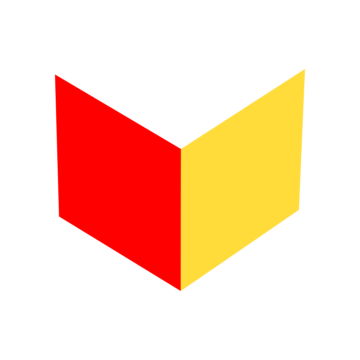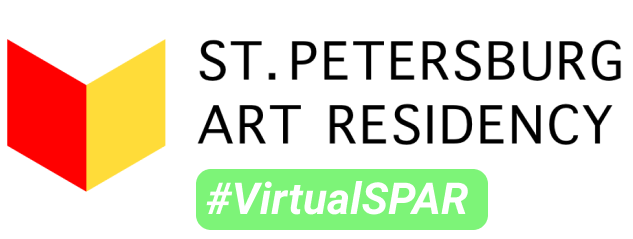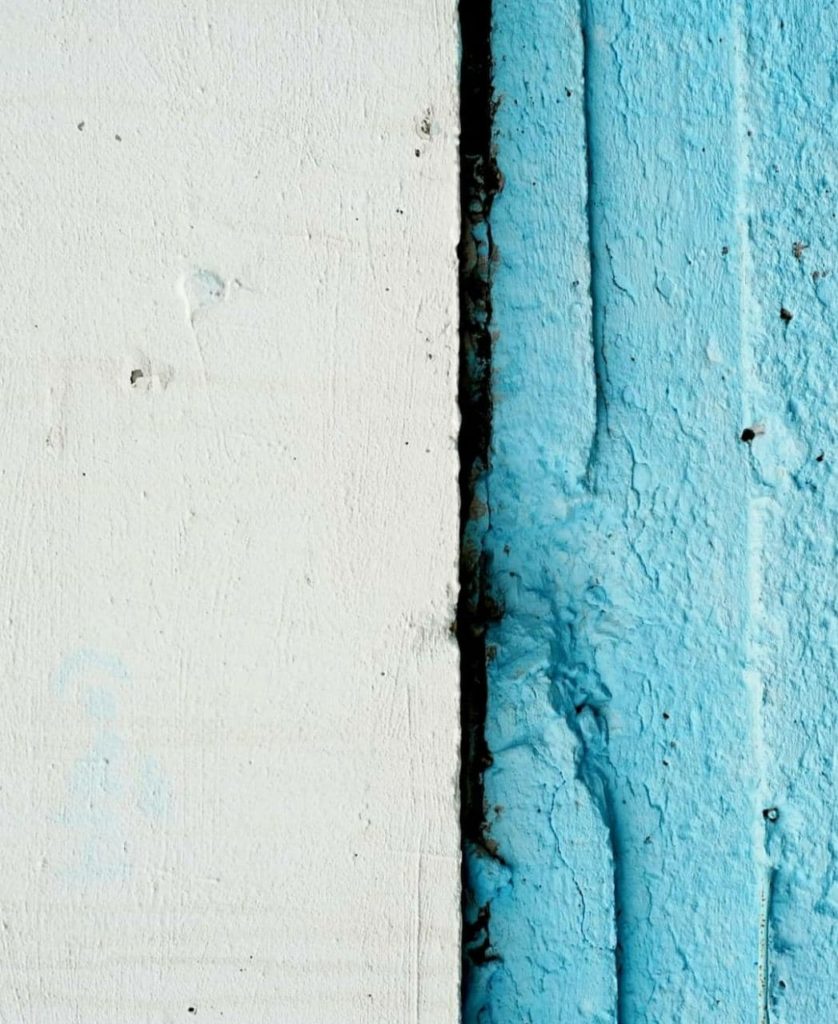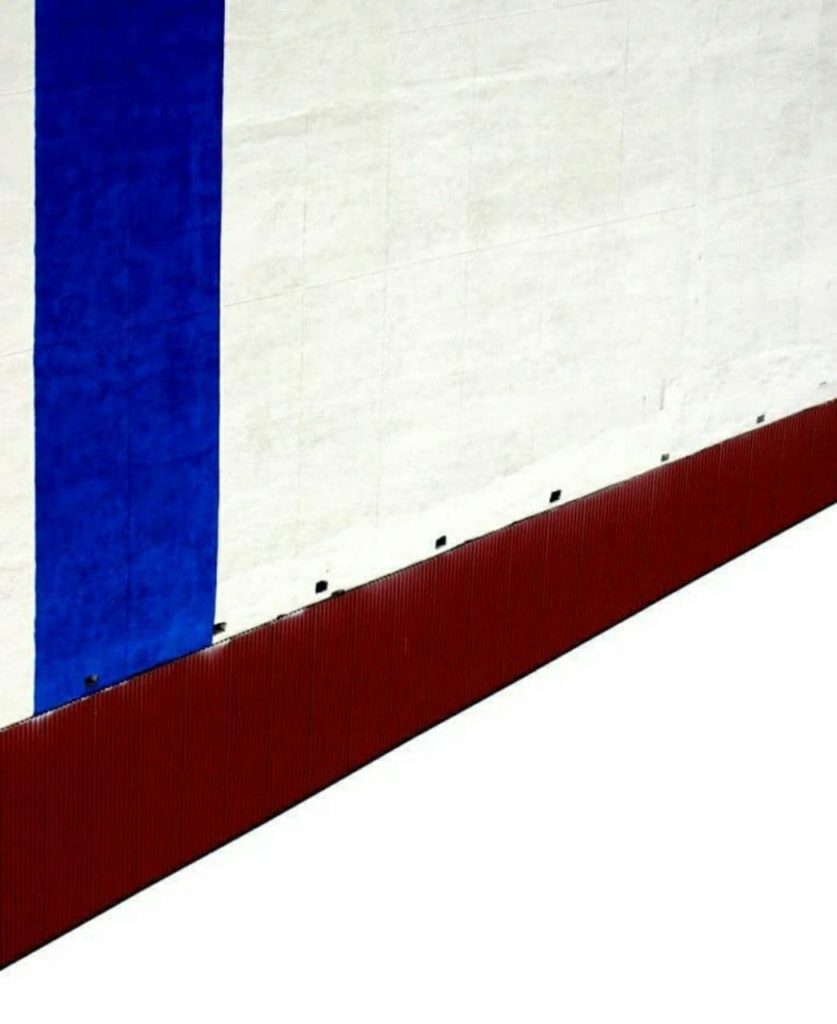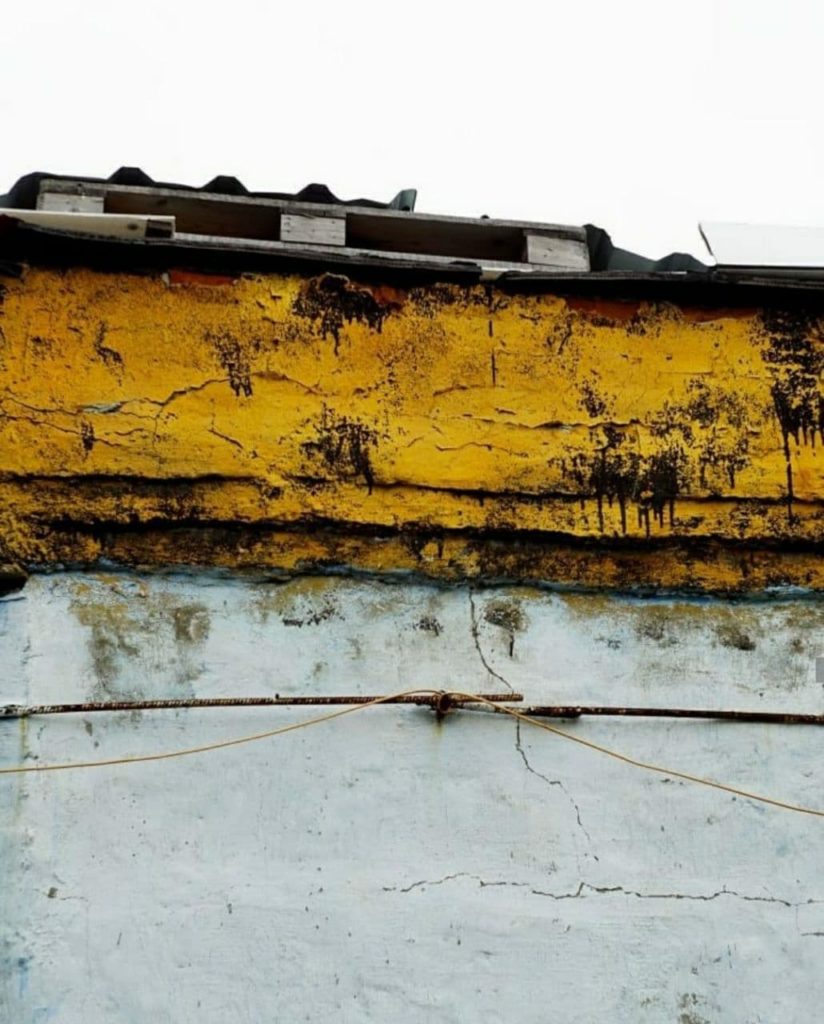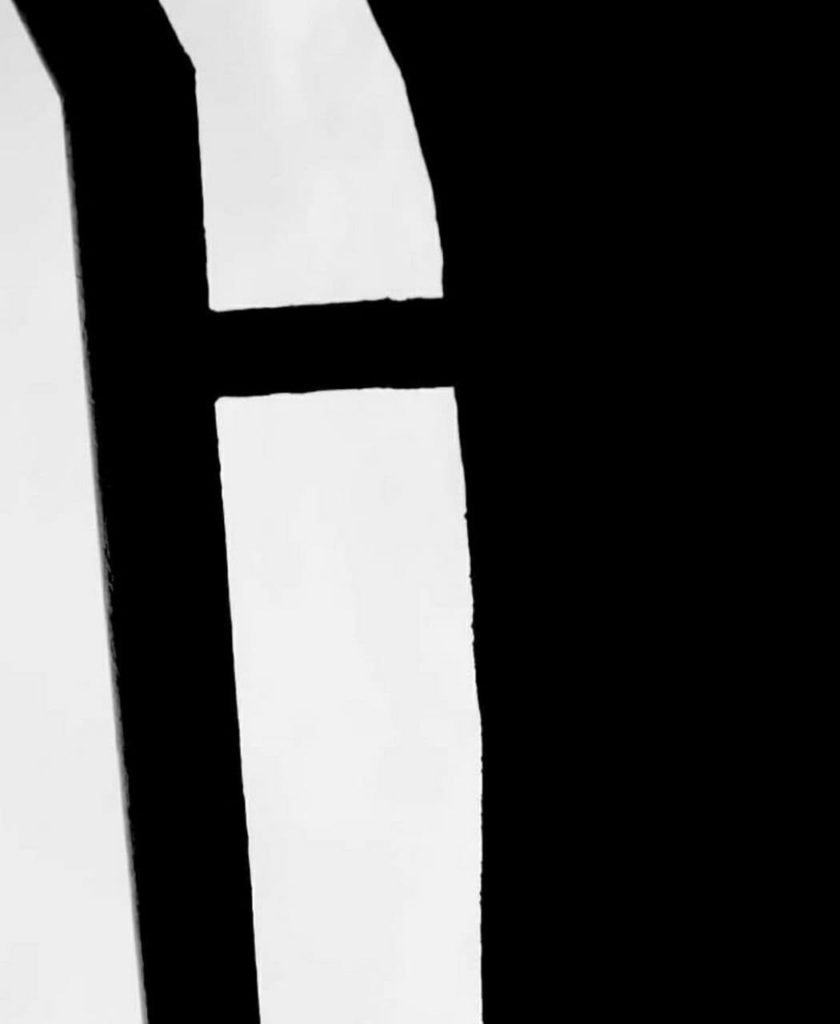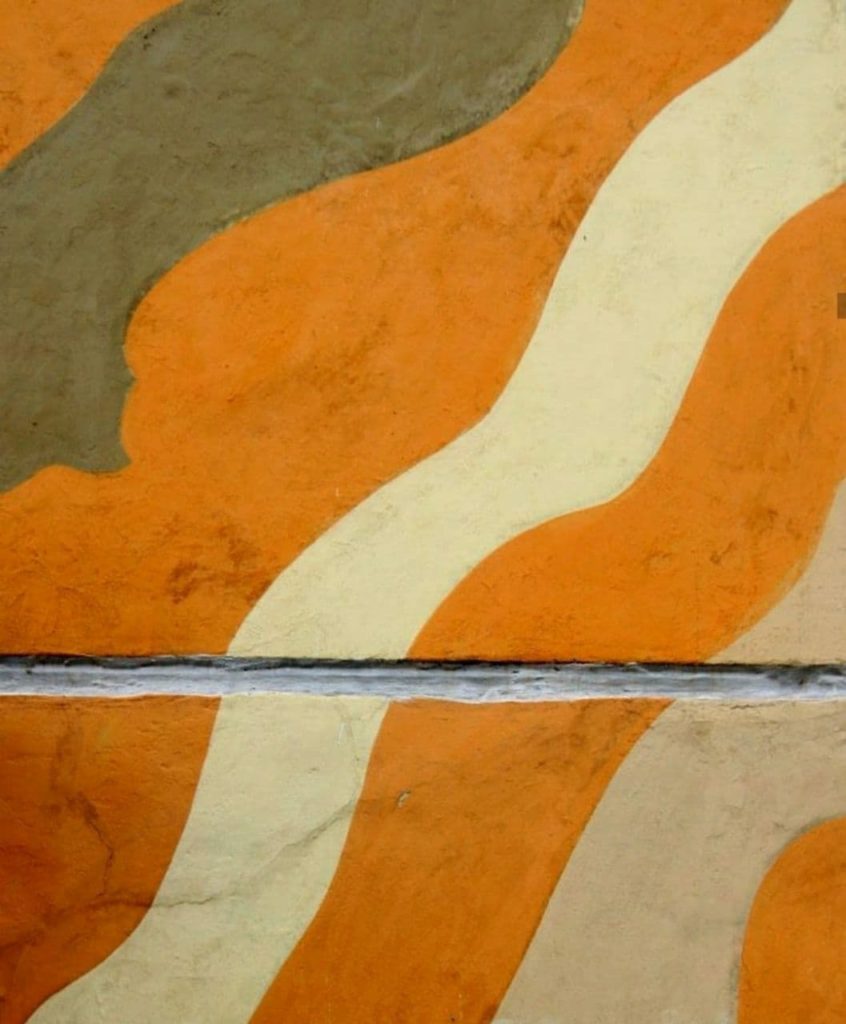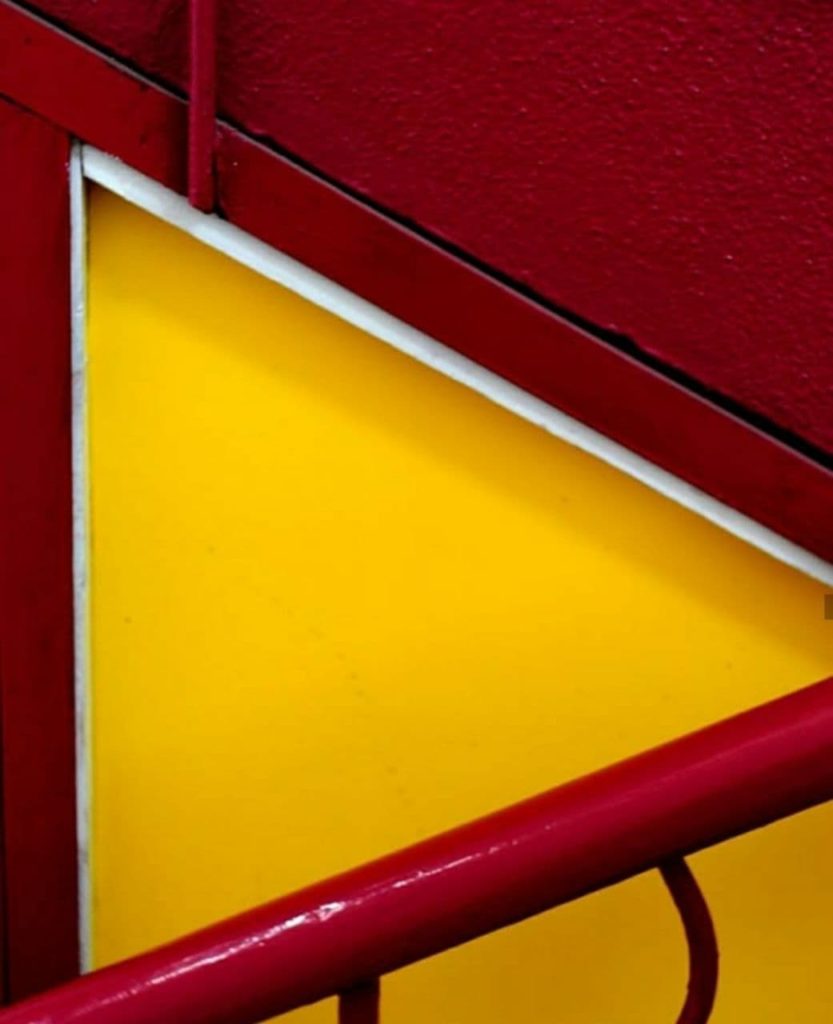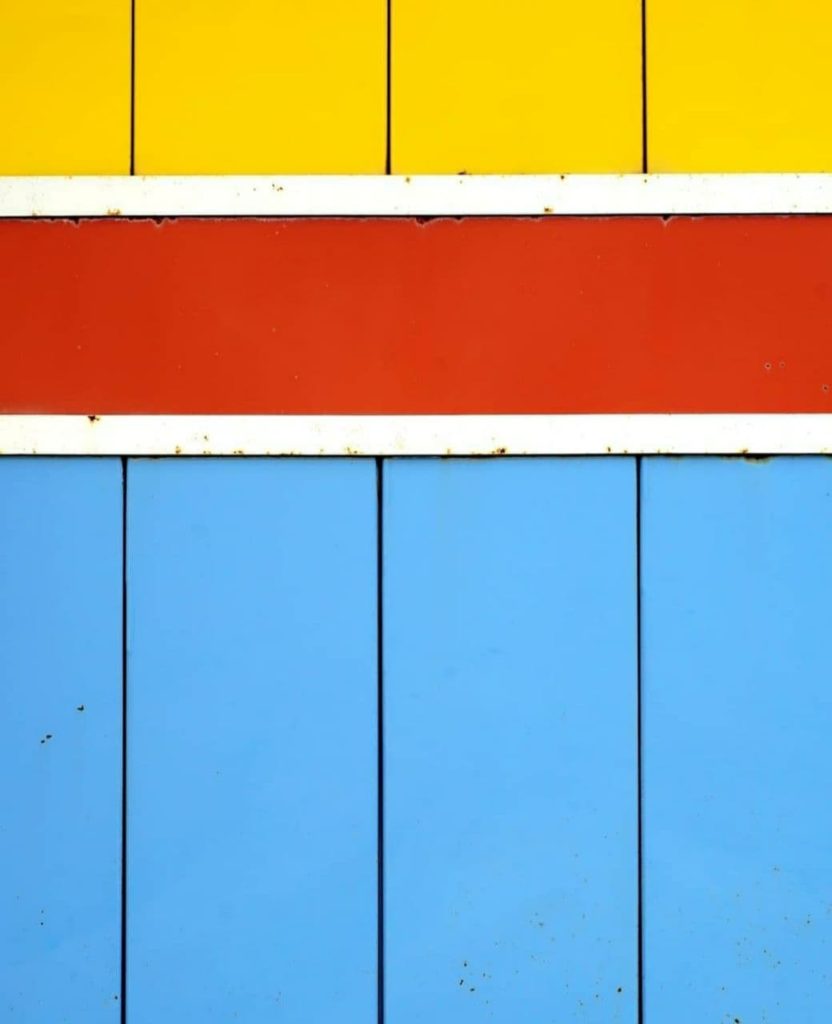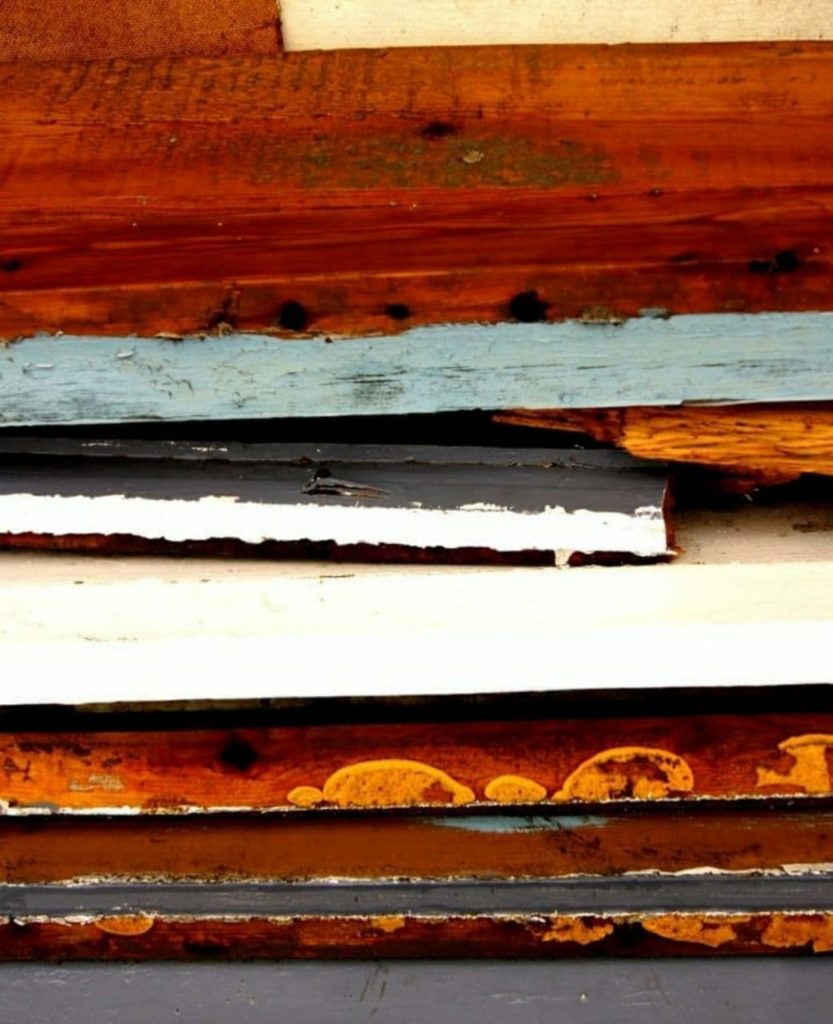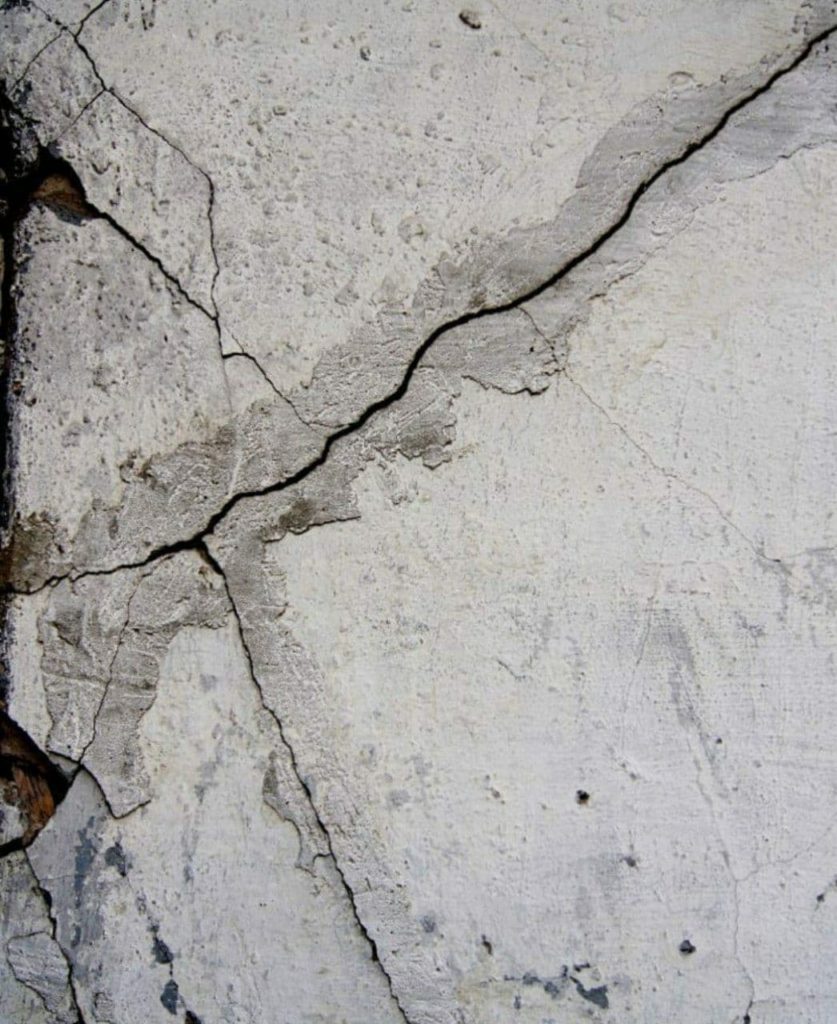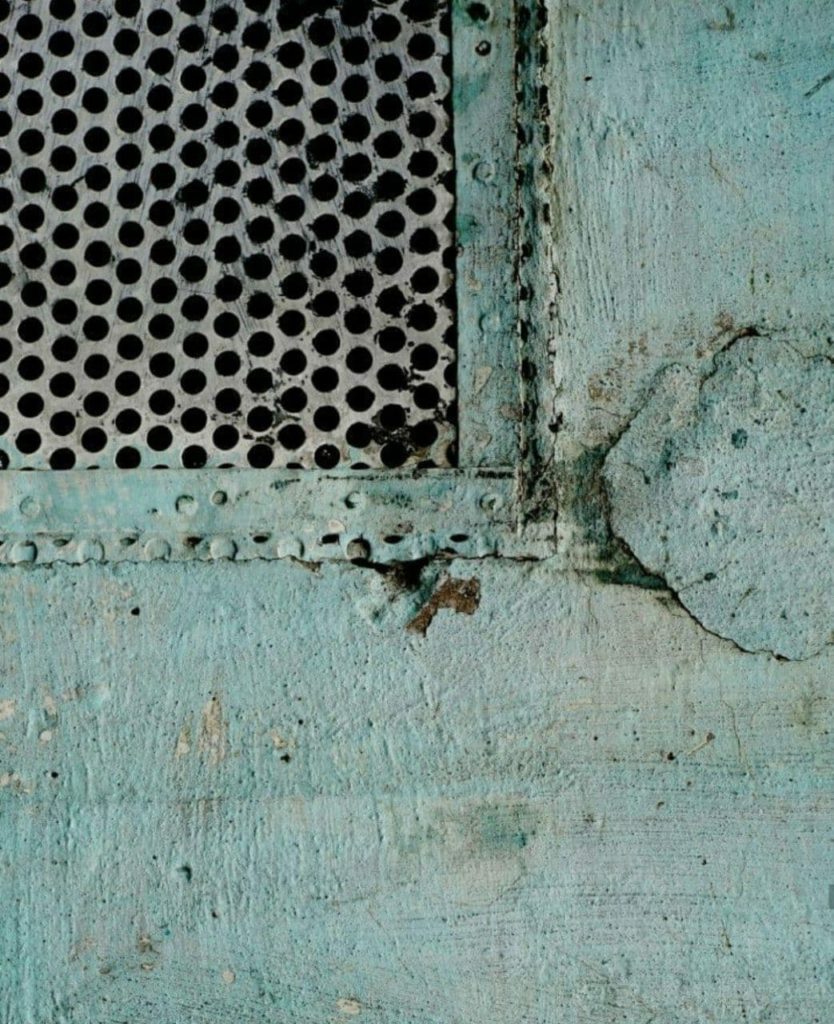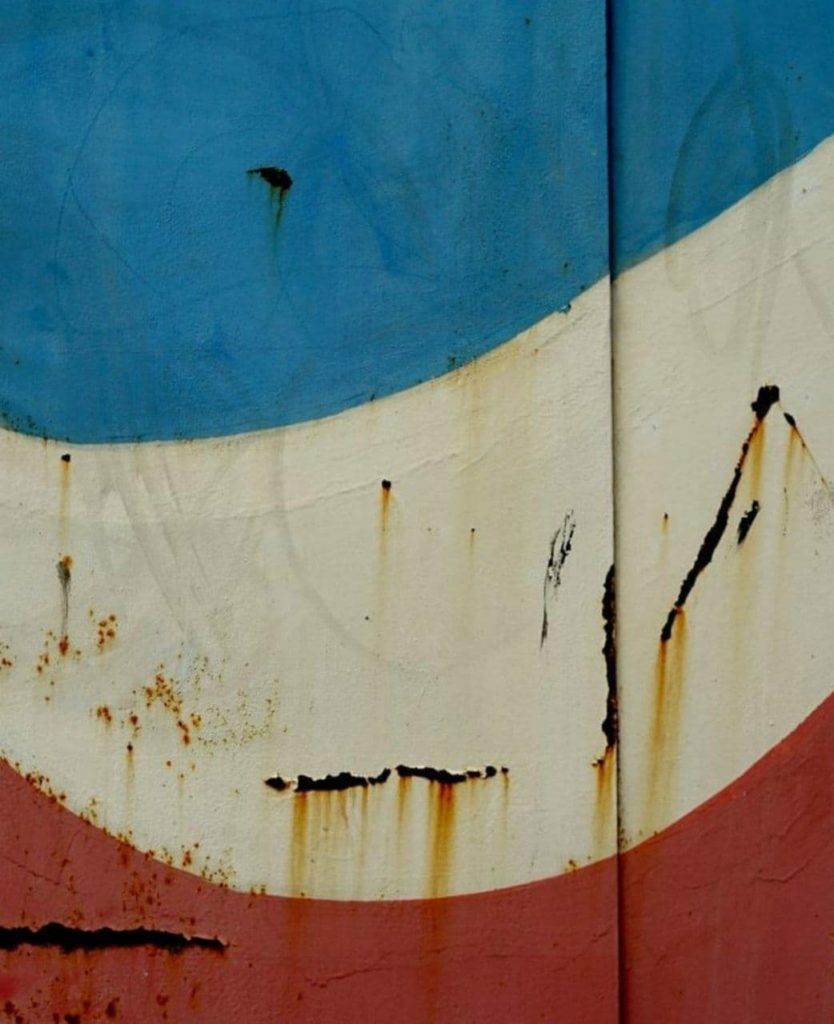If Rothko lived in the Artic Circle / Maria Timofeeva / Russia (Vorkuta)
A little bit about Vorkuta:
The town of Vorkuta, situated in the permafrost belt about 110 miles from the Arctic Ocean, was founded by the Vorkuta River after large coal deposits were discovered in the area. The first detachment of prisoners was dispatched to the spot in the early 1930s, and they soon constructed a workers’ settlement known as Rudnik. By the start of the Stalinist Terror, the area was already home to one of the biggest and harshest camps in the Soviet Gulag: Vorkutlag (which included the Rechlag camp for political prisoners). In 1943, the many settlements around the coal mines, where the high salaries also attracted workers from across the USSR, were reorganized into the town of Vorkuta, now Europe’s easternmost city.
Soviet officials declared an amnesty after Stalin’s death, but the pardon did not extend to many political prisoners, leading to a massive prisoner uprising in Vorkuta, which the authorities brutally crushed. Since the 1990s, the town has been in industrial decline, the mines have outlived their usefulness, and residents have been leaving. Vorkuta is technically the fourth most populous settlement north of the Arctic Circle (after Murmansk, Norilsk, and Norway’s Tromsø), but this is likely based on numbers that are no longer accurate. According to unofficial counts, there are now no more than 50,000 people left in Vorkuta. Today, it’s one of Russia’s fastest dying cities.
A little bit about me:
I was born in Klin, a town near Moscow. I studied at the Moscow Institute of Culture in the management of social and cultural activities. I worked in the cultural center “Lyra” in Moscow, but then everything changed. I moved to Vorkuta at the beginning of the year for great love (as the wife of a Decembrist). On the first of April I got off the train “Moscow-Vorkuta” and started a new life. I moved to the city where everyone is leaving. I study life beyond the Arctic Circle, explore abandoned polar villages and work with the Soviet past.
About “Vorkuta as Abstraction” project:
Recently I started to see and feel Vorkuta as an artistic abstraction. In the urban space I could easily see color fields and fragments that resembled the canvases of abstract expressionists.
For example, the visor of a blue roof with a white sky seemed to be another composition by Vasily Kandinsky (it is symbolic because the artist explored the Russian North, culture, history and language of small indigenous peoples), and in an element of an old Soviet kiosk Mark Rothko’s expressive painting was guessing.
My artistic research shows that the Russian North is not limited to the usual black and white colors, but has a rich palette, shades, texture and narrative. I think of the city as an art object, as a large canvas and a work that can be seen from a certain angle.
Welcome to my abstract gallery!
You Might Also Like:
Van Luong (1)
 Kjell Zillen (4)
Kjell Zillen (4) Mels Dees (9)
Mels Dees (9) Gao Yu (4)
Gao Yu (4)Katya Lebedev (1)
Juan Dies (1)
 Anastasia Prahova (2)
Anastasia Prahova (2)Nena Nastasiya (7)
Taarn Scott (6)
 Cynthia Fusillo (20)
Cynthia Fusillo (20)Roberta Orlando (8)
 Nanda Raemansky (25)
Nanda Raemansky (25) Eliane Velozo (22)
Eliane Velozo (22)Leyya Mona Tawil (1)
Julia Dubovyk (2)
Jianglong (2)
 Iara Abreu (23)
Iara Abreu (23) Agathe Simon (1)
Agathe Simon (1)Rosetta Allan (1)
Elizaveta Ostapenko (5)
 Valentin Boiangiu (2)
Valentin Boiangiu (2) Wesley John Fourie (9)
Wesley John Fourie (9) Renato Roque (3)
Renato Roque (3)Rosa Gauditano (5)
Neerajj Mittra (34)
Ciana Fitzgerald (5)
Boris Moz (3)
 Katerina Muravuova (5)
Katerina Muravuova (5)Kyla Bernberg (1)
 Muyuan He (1)
Muyuan He (1)Liza Odinokikh (2)
 Amalia Gil-Merino (2)
Amalia Gil-Merino (2)Paulo Carvalho Ferreira (6)
 Anastasiia Komissarova (2)
Anastasiia Komissarova (2) Yumiko Ono (1)
Yumiko Ono (1) Stefania Smolkina (1)
Stefania Smolkina (1)Lena Adasheva (1)
 Zahar Al-Dabbagh (1)
Zahar Al-Dabbagh (1) Emily Orzech (6)
Emily Orzech (6) Fernanda Olivares (5)
Fernanda Olivares (5) Noor van der Brugge (3)
Noor van der Brugge (3) Ira Papadopoulou (2)
Ira Papadopoulou (2) Tom Chambers (8)
Tom Chambers (8) Titi Gutierrez (3)
Titi Gutierrez (3) Franz Wanner (2)
Franz Wanner (2) Crystal Marshall (6)
Crystal Marshall (6) Transpositions III (36)
Transpositions III (36) Riddhi Patel (3)
Riddhi Patel (3) Michele Kishita (2)
Michele Kishita (2)Damian Carlton (4)
 Deanna Sirlin (1)
Deanna Sirlin (1) Laura Salerno (3)
Laura Salerno (3) Nina Annabelle Märkl (12)
Nina Annabelle Märkl (12) Elina Fattakhova (1)
Elina Fattakhova (1) Tasha Hurley (1)
Tasha Hurley (1) Ian Hartley (2)
Ian Hartley (2) Laurence de Valmy (2)
Laurence de Valmy (2) Ilia Bouslakov (5)
Ilia Bouslakov (5) Andrea Ahuactzin Pintos (4)
Andrea Ahuactzin Pintos (4) Sveta Nosova (3)
Sveta Nosova (3)Carlos Carvalho (1)
 Maria Timofeeva (1)
Maria Timofeeva (1) Jinn Bug (2)
Jinn Bug (2) Johannes Gerard (3)
Johannes Gerard (3)Irène Mélix (1)
 Aba Lluch Dalena (3)
Aba Lluch Dalena (3) Fabian Reimann (1)
Fabian Reimann (1)Natalia Gourova (1)
 Kate Finkelstein (4)
Kate Finkelstein (4)Raina Greifer (1)
James McCann (2)
Naza del Rosal Ortiz (1)
 Jay Critchley Jay Critchley (1)
Jay Critchley Jay Critchley (1) Vicky Clarke (4)
Vicky Clarke (4) Maria Silva (4)
Maria Silva (4) Shir Cohen (5)
Shir Cohen (5) Peter Shenai (4)
Peter Shenai (4) Bo Choy (4)
Bo Choy (4)Alina Orlov (2)
 Olga Popova (3)
Olga Popova (3) Coco Spencer (2)
Coco Spencer (2) Filippo Fabbri (2)
Filippo Fabbri (2)Daniele Leonardo (5)
 SISTERS HOPE (1)
SISTERS HOPE (1) Scenocosme : Gregory Lasserre & Anais met den Ancxt (4)
Scenocosme : Gregory Lasserre & Anais met den Ancxt (4) Anne Fehres & Luke Conroy (6)
Anne Fehres & Luke Conroy (6) Olesya Ilenok (2)
Olesya Ilenok (2) Marie-Eve Levasseur (4)
Marie-Eve Levasseur (4) Natalia Tikhonova (2)
Natalia Tikhonova (2)Ildar Iakubov (1)
 Evgeniy Lukuta (7)
Evgeniy Lukuta (7) Jarkko Räsänen (5)
Jarkko Räsänen (5)Maria Guta (6)
Egle Kulbokaite Dorota Gaweda (6)
Thomas Kotik (1)
 Andrea Stanislav (3)
Andrea Stanislav (3)Ludmila Belova (1)
Alena Levina (1)
 Ilia Symphocat (2)
Ilia Symphocat (2)Yevgeniy Fiks (1)
Star Trauth (18)
Jyoti Arvey (1)
Les Joynes (2)
 Ekaterina Ivanova (1)
Ekaterina Ivanova (1) Lev Shusharichev (1)
Lev Shusharichev (1)Michael Stebackov (5)
Ryan Griffith (3)
